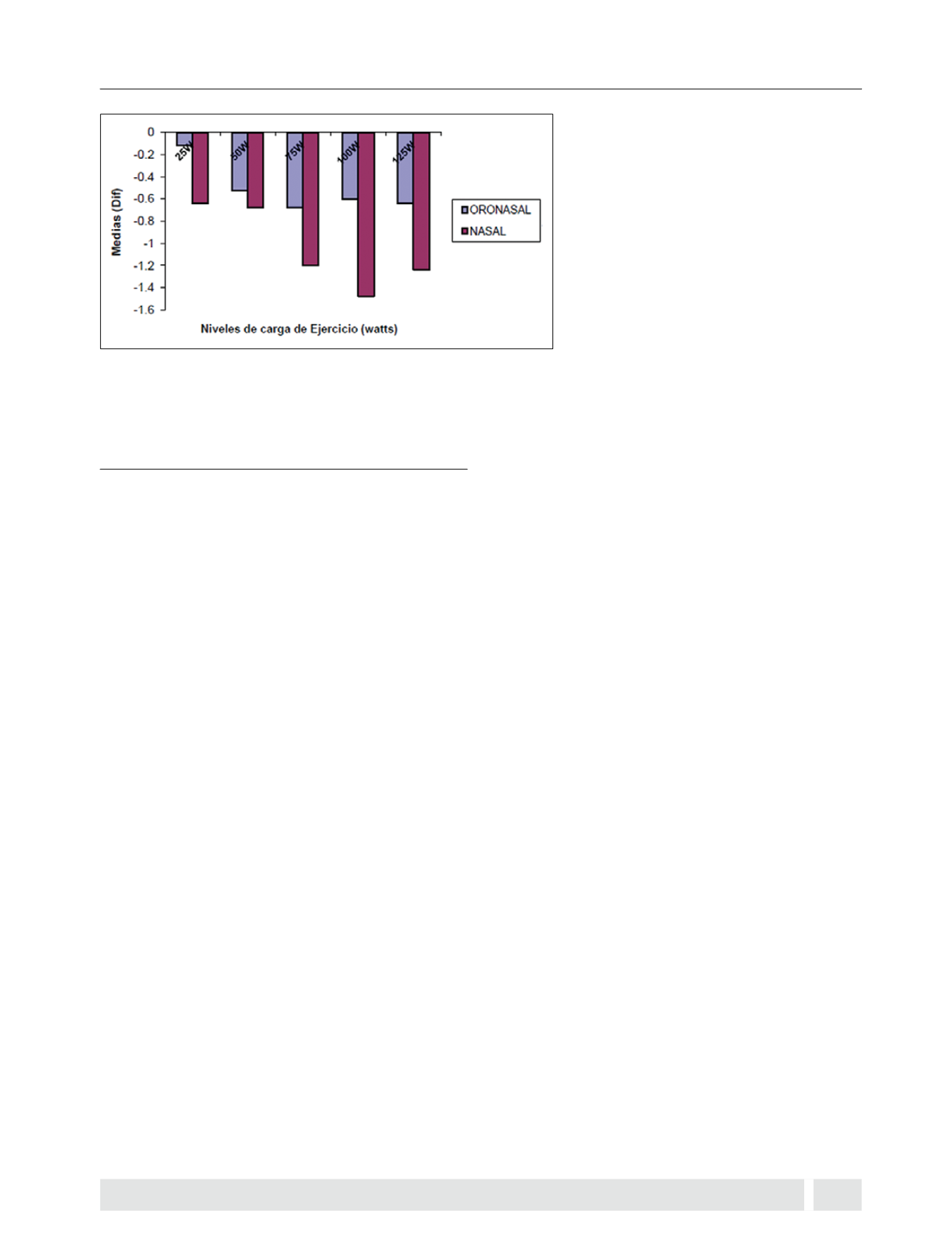

15
Contenido disponible en
www.neumologia-pediatrica.clPor este motivo, futuros estudios son necesarios para diluci-
dar fehacientemente estas hipótesis.
REFERENCIAS
1. Maquilón C. Consenso chileno de ventilación no invasiva. Rev Chil
Enf Respir 2008; 24: 175-6.
2. Ram F, Picot J, Lightowler J, Wedzicha JA. Non-invasive positive
pressure ventilation for treatment of respiratory failure due to
exacerbations of chronic obstructive pulmonary disease. Cochrane
Database Syst Rev 2004; CD004104.
3. Vital FM, Saconato H, Ladeira MT, et al. Non-invasive positive
pressure ventilation (CPAP or bilevel NPPV) for cardiogenic
pulmonary oedema. Cochrane Database Syst Rev 2008; 16:
CD005351.
4. Razlaf P, Pagst D, Mohr M, et al. Non-invasive ventilation in
immunosuppressed patients with pneumonia and extrapulmonary
sepsis. Respir Med 2012; 106: 1509-16.
5. Najaf-Zadeh A, Leclerc F. Noninvasive positive pressure ventilation
for acute respiratory failure in children: a concise review. Ann
Intensive Care 2011; 26: 1-15.
6. Ward S, Chatwin M, Heather S, Simonds AK. Randomised
controlled trial of non-invasive ventilation (NIV) for nocturnal
hypoventilation in neuromuscular and chest wall disease patients
with daytime normocapnia. Thorax 2005; 60: 1019-24.
7. Annane D, Orlikowski D, Chevret S, Chevrolet JC, Raphaël JC.
Nocturnal mechanical ventilation for chronic hypoventilation in
patients with neuromuscular and chest wall disorders. Cochrane
Database Syst Rev 2007; 4: CD001941.
8. Kolodziej MA, Jensen L, Rowe B, Sin D. Systematic review of
noninvasive positive pressure ventilation in severe stable COPD.
Eur Respir J 2007; 30: 293-306.
9. Moran F, Bradley JM, Piper AJ. Non-invasive ventilation for cystic
fibrosis. Cochrane Database Syst Rev 2013; 4: CD002769.
10. Corner E, Garrod R. Does the addition of non-invasive ventilation
during pulmonary rehabilitation in patients with chronic obstructive
pulmonary disease augment patients outcome in exercise
tolerance? A literature review. Physiother Res Int 2010; 15: 5-15.
11. Gáldiz I. Función de los músculos respiratorios en la EPOC. Arch
Bronconeumol 2000; 36: 275-85.
12. Ward ME, Ward JW, Macklem PT. Analysis of human chest wall
motion using a two-compartment rib cage model. J Appl Physiol
1992; 72: 1338-47.
13. Sanna A, Bertoli F, Misuri G, et al. Chest wall kinematics and
respiratory muscle action in walking healthy humans. J Appl Physiol
1999; 87: 938-46.
14. Aliverti A, Duranti C, Ferrigno G, et al. Human respiratory muscle
action and control during exercise. J Appl Physiol 1997; 83: 1256-
69.
15. Illi S, Hostettler S, Aliverti A, Spengler Ch. Compartamental chest
wall volume changes during volitional hyperpnea with constant tidal
volume in healthy individuals. Respir Physiol Neurobiol 2013; 185:
410-5.
16. Vogiatzis I, Aliverti A, Golemati S, et al. Respiratory kinematics
by optoelectronic plethysmography during exercise in men and
women. Eur J Appl Physiol 2005; 93: 581-7.
17. Guenette J, Witt J, McKenzie D, Road J, Sheel W. Respiratory
mechanics during exercise in endurance-trained men and women.
J Physiol 2007; 581: 1309-22.
18. Laveneziana P, Parker Ch, O´Donnell D. Ventilatory constrainsts
and dyspnea during exercise in chronic obstructive pulmonary
disease. Appl Physiol Nutr Metab 2007; 32: 1225-38.
19. O´Donnell D, Guenette J, Maltais F, Webb K. Decline of resting
inspiratory capacity in COPD. The impact on breathing pattern,
dyspnea and ventilatory capacity during exercise. Chest 2012; 141:
753-62.
20. Guenette JA, Chin RC, Cory JM, Webb KA, O´Donnell DE.
Inspiratory capacity during exercise: Measurement, analysis and
interpretation. Pulm Med 2013; 2013: 956081.
21. O´Donnell D, Laveneziana P. Dyspnea and activity limitation in
COPD: Mechanical factors. COPD 2007; 4: 225-36.
22. O´Donnell DE, D´Arsigny C, Fitzpatrick M, Webb KA. Exercise
hypercapnia in advanced chronic obstructive pulmonary disease:
the role of lung hyperinflation. Am J Respir Crit Care Med 2002;
166: 663-8.
23. Cuttica MJ, Shah SJ, Rosenberg SR, et al. Right heart structural
changes are independently associated with exercise capacity in
non-severe COPD. PLos One 2011; 6: e29069.
24. Johnson BD, Babcock MA, Suman OE, Dempsey JA. Exercise-
induced diaphragmatic fatigue in healthy humans. J Physiol 1993;
460: 385-405.
25. Sheel AW, Derchak PA, Morgan BJ, Pegelow DF, Jacques AJ,
Dempsey JA. Fatiguing inspiratory muscle work causes reflex
reduction in resting leg blood flow in humans. J Physiol 2001; 537
(Pt 1): 277-89.
26. Romer L, Lovering A, Haverkamp H, Pegelow D, Dempsey
Figura 3.
Magnitud de la caída de la percepción de
disnea durante el ejercicio asistido con Ventilación No
Invasiva, a través de máscara nasal y oronasal. En la figura
se observa la magnitud de la caída de la disnea durante el
ejercicio incremental a 25 watts, 50 watts, 75 watts, 100
watts y 125 watts (Autorizada la reproducción de la Figura
por Klga. Tania Contreras, observaciones no publicadas).
Ventilación no invasiva en rehabilitación - I. Rodríguez et al
Neumol Pediatr 2014; 9 (1): 11-16.


















